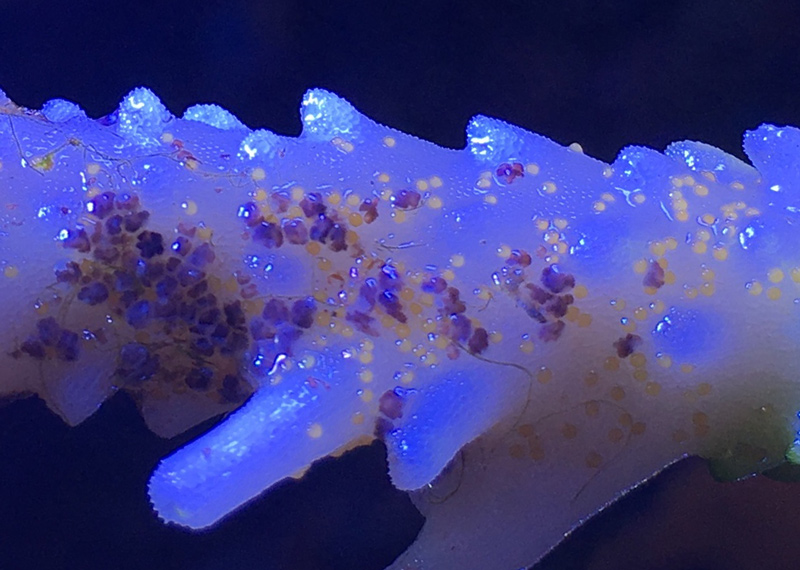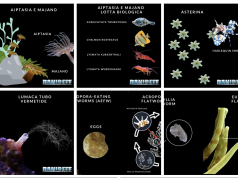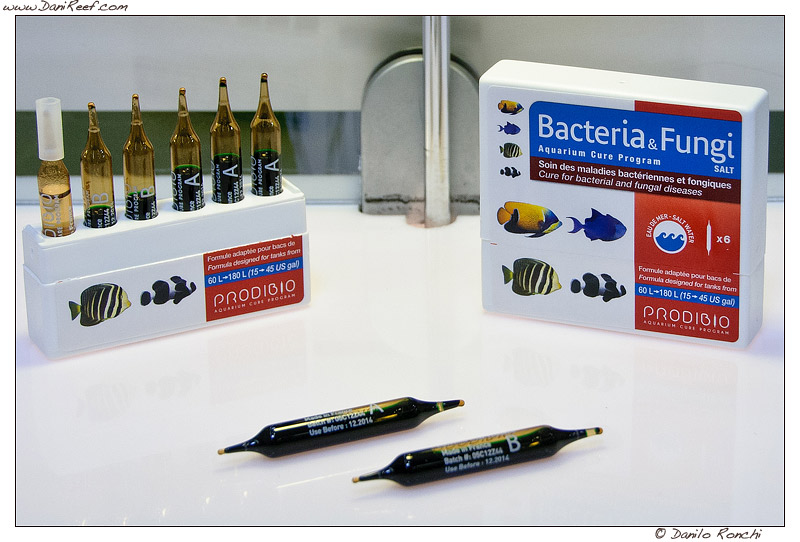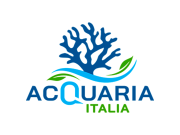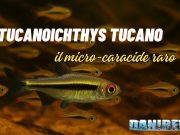
Quarantine has been a very useful possibility to prevent and fight the spread of unwanted organisms, for people as well as for the world of aquariology.
This article is also available in: italiano
Being them parasites, bacteria, virus or algae, a period of isolation avoids their spread and allows, where necessary, to adopt a specific treatment. In the great web of distribution, in greenhouses and in breeding farms it’s a standard prcedure that protects the animals and at the same time guarantees the continuity of the business.
Which are the ideas at the basis of the quarantine?
- Isolation: Nothing enters in the system once the process has begun, and if you insert a new animal the necessary period starts over (30 days for fish, the double for corals);
- Control: It makes possible the observation of the animals in a confined environment, usually smaller than the final system. There isn’t competition for space, light and food so the animal (already stressed from the trasport) can finally relax and feed properly;
- Adaptation: All the animals can adapt to changes (within certain limits). But the process requires time and effort: a relaxed and well feed animal has more possibilities to adapt to the new situation;
- Care: If the animal is sick or has any some parasite, can be cured in a controlled environment. You can be aware of its conditions and intervene specifically;
- Attention: It requires attention, patience and dedication. You have to observe the animals, maintain the tank in optimal conditions, control the parameters, etc… If you don’t recreate an adequate environment the risk is to make more harms than benefits.
The most common infestations for corals
About corals, we can mention at least 3 parasites that can devastate a reef aquarium: turbellaria, nudibranchs and red bugs.
The turbellaria are particular flat verms that can eat the tissue of hard corals, of the Acropora in particular (we dedicated a specific article to these parasites some years ago here). The nudibranchs are small molluscs that can attack both soft and hard corals. They assume the color of the animal they are eating of, so they’re more difficult to be detected. The red bugs are small crustaceans with a bright color that eat the tissue of various specis of Acropora.
Control of the population
If we notice the presence of a parasite in our aquarium we can opt for introducing a natural predator. In this way you can keep the population at a non dangerous level. For example, speaking of the turbellaria, the Lysmata wurdemanni and the Pseudocheilinus hexatenia are perfect natural predators.
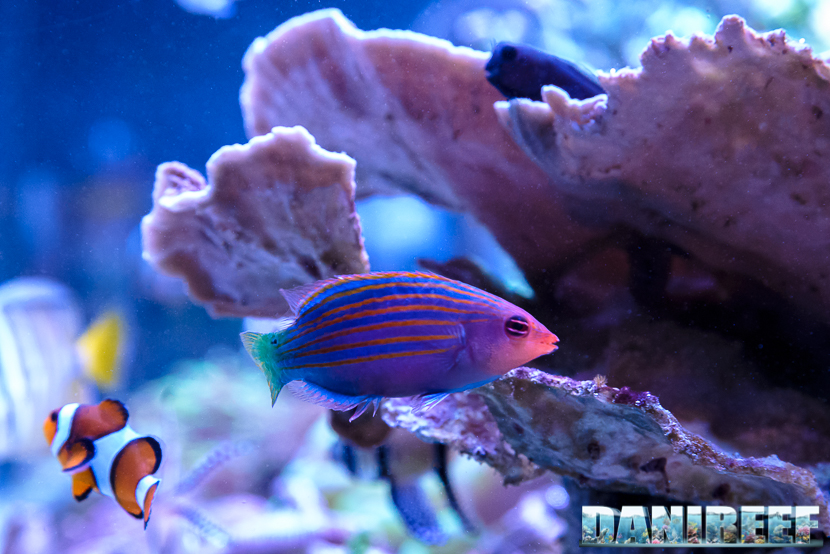
The most common infestations for fish
Speaking of fish, instead, we notice the 2 most common pathologies: the white spots or marine ich disease (Cryptocaryon irritans) and the velvet disease (Oodinium ocellatum).
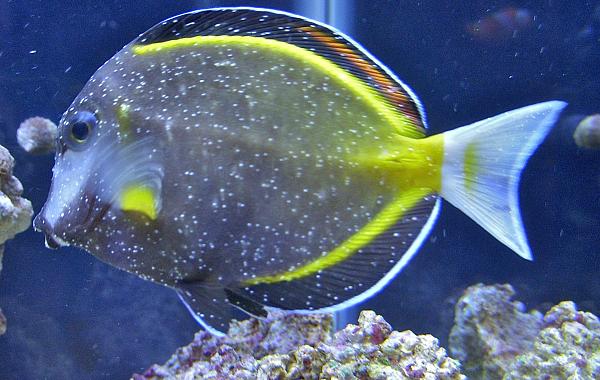
The life cycle of Cryptocaryon and Oodinium is similar and composed of 4 phases: the parasite is present on the fish, then it leaves the host, it reproduces, and it searches for another host to infect. A fish infected by Cryptocaryon shows the presence of white spots all over its body, which are the parasite in phase of attack and feed. A fish infected by Oodinum has a pale white film over the body. The difference between these two parasites is the speed of infection and reproduction: the Oodinium is much more fast, so more letal (here some useful suggestions for fight the infections by Cryptocaryon and Oodinum).
How to set up a tank in quarantine
The system has to be simple and easy to be managed, so it only needs a filter, a movement pump, a light (if the tank will host corals you need the proper light), a heater and some hiding spots (PVC pipes are perfect). It’s better not to use rocks because they can release the substances they absorbed or be the perfect substrate for the larval stage of the parasites (same for the sand). The only exception is when you treat animals than need sand, like labrids. So I suggest to use a plastic box and not to put it in the tanks. Assuming that the principal tank is free of diseases you can use that water to fill your quarantine tank. A good suggestion is to use the same salt to change the water (so that the trasfer is less stressful). Finally, it’s not necessary that the quarantine tank is always in function. It’s enought to predispose it some weeks before the purchase of the fish. For the corals it takes even less.
Prevention
When we receive a new animal it doesn’t matter that it comes from a shop or a friend’s tank, it’s always a good idea to do a cycle in osmotic water and/or with disinfectants before inserting them in the tank. Both for fish and corals, the process doesn’t make harm to the animal but it should induce eventual parasites to leave the tissutes. It’s important to maintain the temperature (and the pH) of the fresh water in order to reduce the stress to the minimum. The time of these baths goes to some minutes to 10, but it never has to be over 15 minutes. Then you can also choose to to a preventive treatment, but I tend to do it only in presence of diseases.
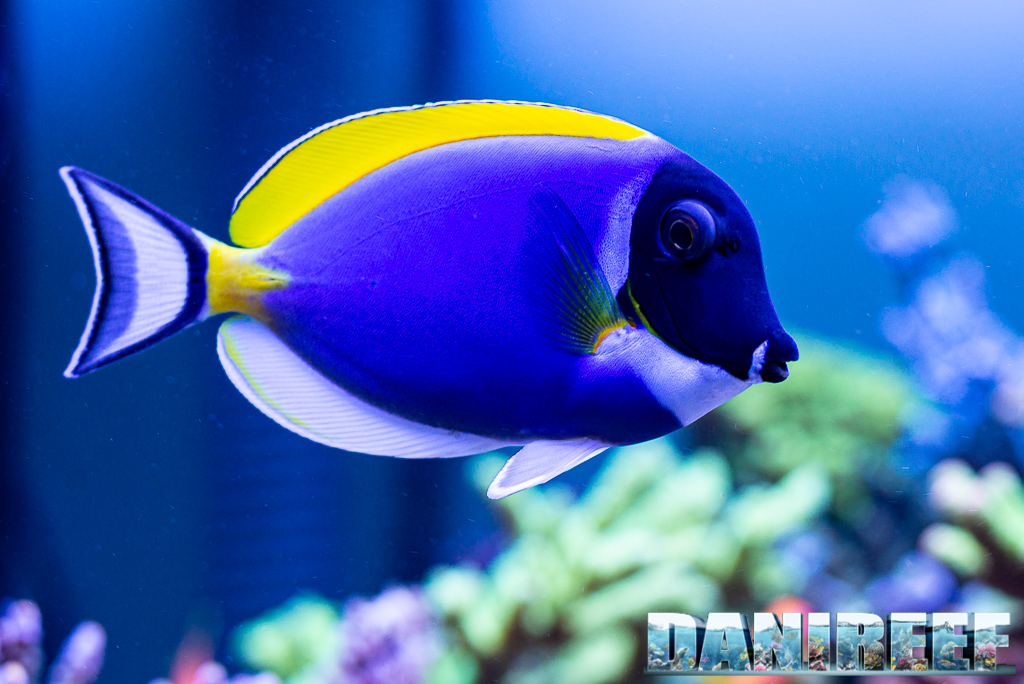
A useful process is with copper products, it lasts about 14 days and you need to control the concentration of copper everyday. Even in this case if you use it correctly it shouldn’t damage your animals. After that you have to remove the madication using active carbon or changing the 100% of the water. At the end, once finished the quarantine period you can insert the fish in your aquarium.
The last suggest is to put the new entry in a transparent box that consent the water flow inside (like a nursery) for a certain period of time in order that the other residents can know and get use to it.
We know for sure that if you follow these suggestions you will significantly increase the percentage of success when you insert new animals in your aquarium.






